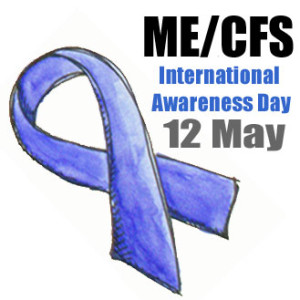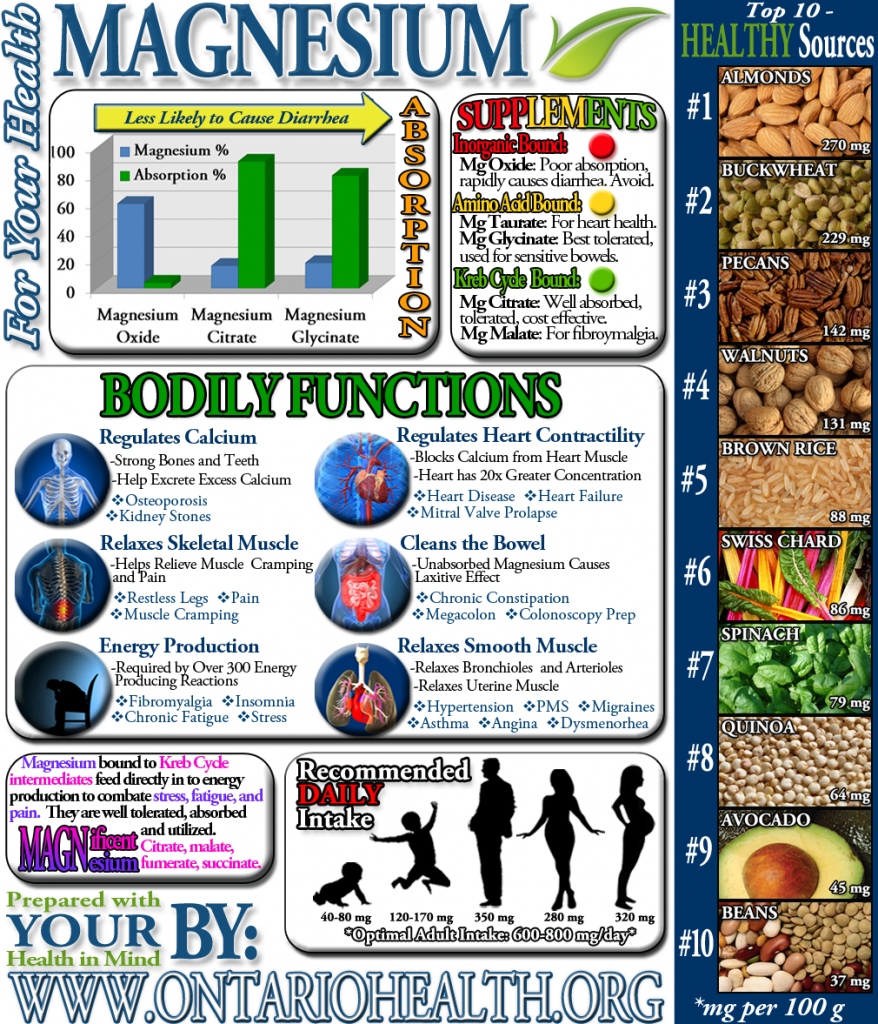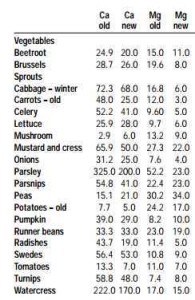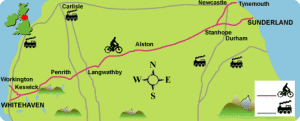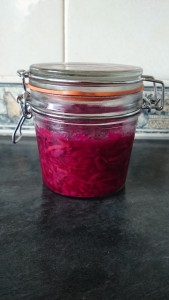There’s been lots happening recently, so I thought I’d cover several topics in one post. The hiatus in posts has been partly due to being busy and partly due to our broadband and phone connection being down for a week. There were cheers in our house this morning when the kids realised the internet was back!
C2C Training
Last week the whole family cycled for two days, with a night in a youth hostel. We had a great time and managed to cycle 5o hilly miles in two days. We are all much more confident now about doing the C2C challenge.
I’ve been out cycling up and down some local hills this morning. I’m not sure how far I went, but I cycled for about 90 minutes and made it to the top of all the hills without having to get off and push. The hills on the C2C will be bigger, but hopefully with some more training I’ll make it up them too.
French Exchange
The local choir I sing with recently took part in an exchange with a French choir. I plan to write a post about how I coped food wise on this trip, but for now I’ll just say it was a fantastic experience and I felt fit and healthy the whole time. We had a packed schedule and lots of travelling (by coach), so everyone was exhausted by the time we got home, but there was no sign of ME/CFS, and I kept up with the everyone else.
Blood Tests
My nutritionist cousin suggested I get some blood tests done whilst I feel good, so that if I relapse I will have a healthy baseline to compare results to. I was surprised to find that the results showed I was anaemic. I started on iron pills and within a week I felt much more energetic. I mentioned in my May 12th post that I sometimes needed to rest in the day. I now realise that was down to the anaemia. Now I’m taking the supplements I feel great. My doctor is investigating why I’m prone to low iron levels (several previous blood tests showed I had low ferratine stores, and I have been on iron tablets a few times). It’s so great to have a problem that can be diagnosed and treated. I hope one day that there is proper diagnosis and treatment for ME/CFS.
If it wasn’t for my cousin I would not have requested these blood tests, and because I was so grateful to feel so much better than I had in the past I hadn’t thought to raise the small amount of remaining fatigue with my GP. Please learn from this and request regular blood tests and mention changes in symptoms to your GP.
Adrenal Fatigue
I’ve updated my page about Adrenal Fatigue. If you’re interested you can find it here. I wrote a very short piece about adrenal fatigue when I first created the blog. The update is still brief, but hopefully gives a bit more useful information. If you’ve got questions then mention it in the comments section I’ll do my best to answer.

